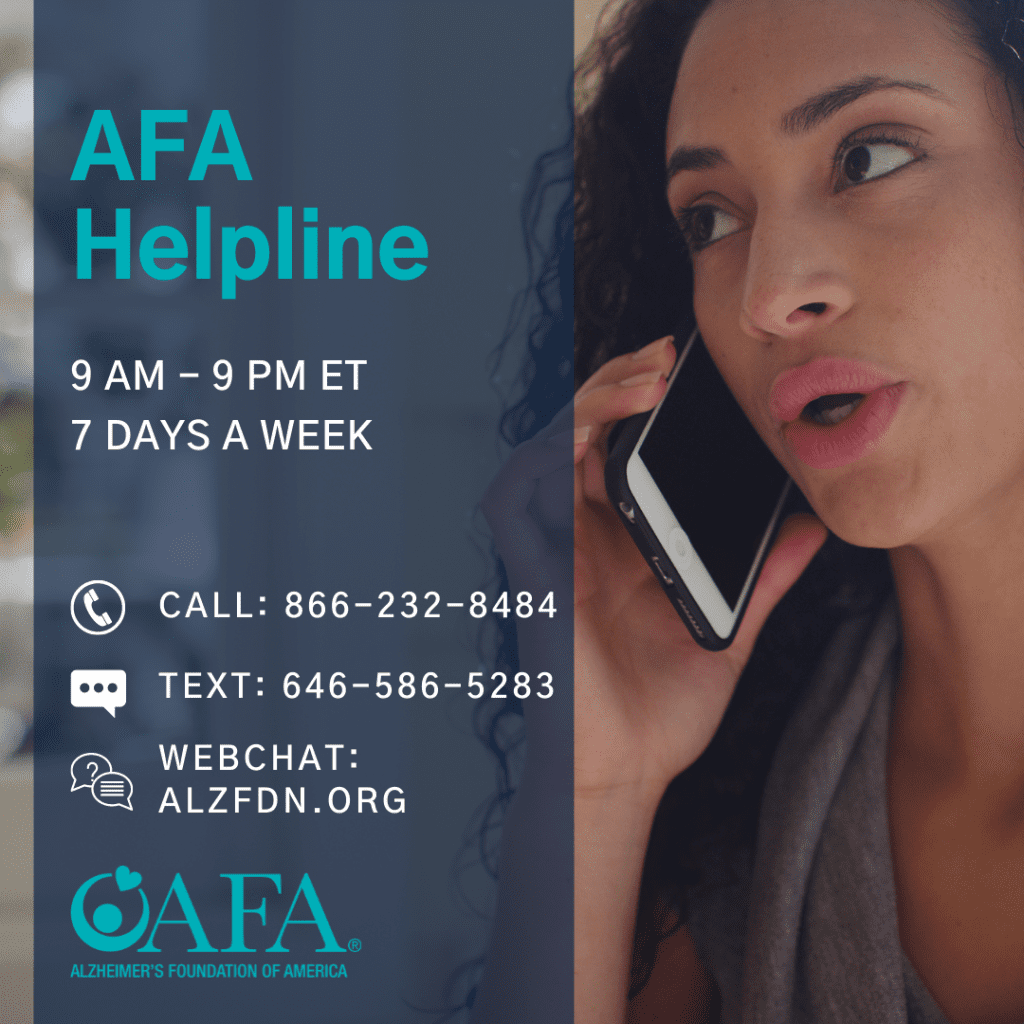Dementia and Wandering: Reducing the Risks
Wandering is frequently referred to as the inability of those with dementia to find their way while pursuing a need or goal. It is associated with depression, risks of falling, mortality, and negative connotations such as elopement, getting lost, or aimlessness. Controlling or preventing this behavior should not mean discouraging walking or outdoor activity; in fact, studies show that people who lived an active lifestyle prior to developing dementia are more likely to wander because their need and desire to be active remains relatively unchanged.
As care partners, it is our responsibility to support and encourage daily physical activity in a safe manner, while reducing the risks associated with wandering.

What You Can Do
Explore potential reasons the individual wants to walk. For example:
• It is enjoyable – fresh air, feeling the sunshine, adrenaline
• Lifelong habit – part of their daily routine, exercise
• To be with people and animals – listening to the birds, petting dogs that walk by, saying hello to neighbors
• A sense of purpose – completing a task, reaching a healthy goal
• Seeking peace and quiet – to be in one’s thoughts, to get away from noise and people
Identify consistent and sustainable ways to help the person experience these benefits safely:
• Engage the person in simple tasks
• Take daily walks at a time of day the person usually finds most enjoyable
• Start a walking group – this adds socialization!
• Look out for excessive stimuli – loud noises, crowds, bright lights
• Visit local stores and businesses that the person enjoys
• Create walking paths around the home. Include visual cues, artwork, and other stimulating objects to support therapeutic walking
Create a safe, comforting, familiar, and engaging home environment:
• Facilitate safe movement by avoiding clutter and eliminating tripping hazards, such as cords, throw rugs, and laundry on the floor
• Be mindful of how objects could trigger the person to leave suddenly such as car keys, jackets, or purses
• Be aware of times of day that may be more activating than others
• Ensure daily exercise and stimulation
• Encourage healthy sleep habits to reduce the chances of the person leaving during the night
• Place silent alarms on the doors and bedside to alert you when the person is on the move, but does not cause them distress
Develop a Safety Plan
With input from the person to the greatest extent possible:
• Maintain a list of people to contact for help if the person goes missing
• Ask neighbors to call you if they see the person on their own
• Identify dangerous areas – such as busy roads, bodies of water and wooded areas
• Keep a list of places where the person may go – such as past place of employment or previous home (include the person in the discussion)
• Have a recent, close-up photo and updated medical information readily accessible
Utilize Technology
• Project Lifesaver is a program that provides technology to families that first responders can use to quickly locate a person with dementia if they go missing. To learn more visit: projectlifesaver.org
• Devices such as smart doorbells & GPS can create alerts of a loved one’s whereabouts
• Inform first responders and 911 operators that the person has dementia and provide any information they can use to help the person feel safer when approached
Have more questions? We’re here to help.
Families affected by Alzheimer’s disease or dementia who have questions or need support can contact AFA’s National Toll-Free Helpline at 866-232-8484 and speak with a licensed, dementia-trained social worker. You can also connect through the chat system by clicking the blue “chat” box on the bottom right hand side of the page. The helpline is open seven days a week.






